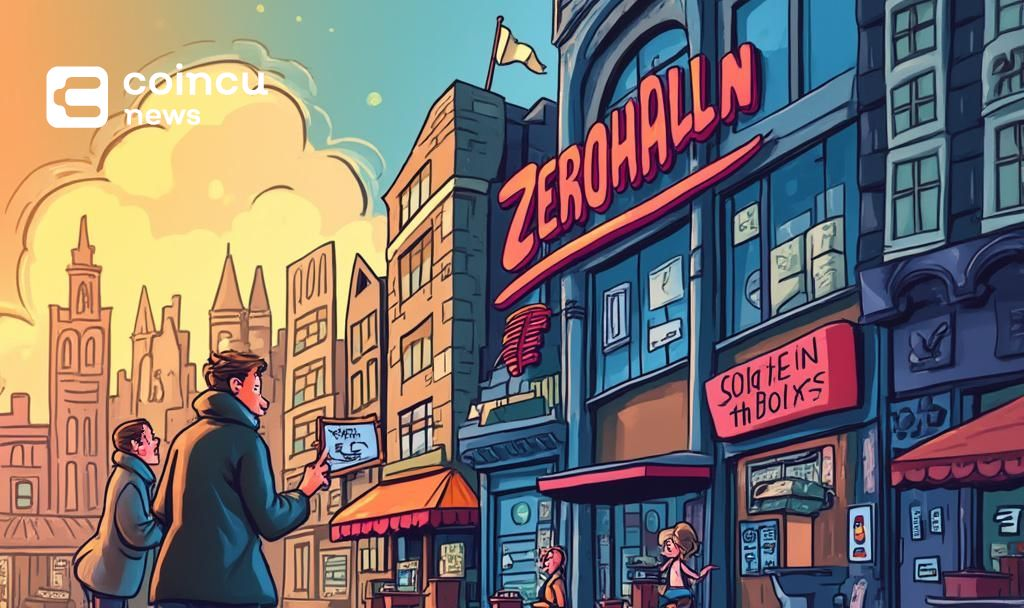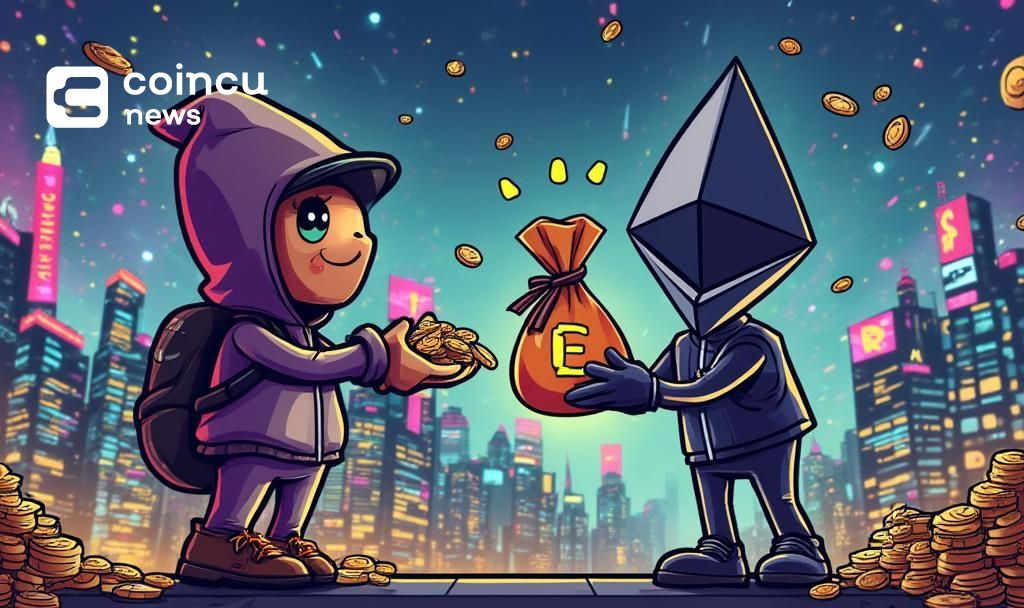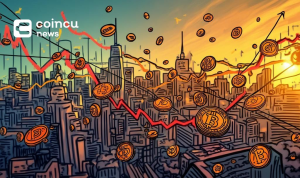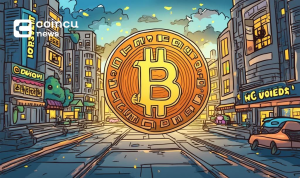$117866.233
At CoinCu News, we give both basic and in-depth articles on the latest news in the cryptocurrency and blockchain sectors.
Mayowa is a seasoned freelance writer specializing in creating compelling, high-converting content across diverse industries.
With extensive experience working with major news outlets, personal blogs, and private clients, he brings a deep understanding of audience engagement and storytelling. His expertise spans SEO optimization, persuasive copywriting, and niche versatility, ensuring content that resonates and delivers results.
Armed with a strong command of the English language and a keen eye for detail, he crafts content that is both impactful and strategically tailored to meet client goals.
News
Interactive Brokers Leads Zerohash’s $100 Million Funding Round
Zerohash raises $100 million led by Interactive Brokers, nearing a $1 billion valuation. Learn more
Jul
Linea Announces Significant Token Generation Event This July
Linea's Declan Fox confirms July TGE plans, impacting Ethereum Layer-2 zkEVM network and DeFi sector.
Jul
Musk Denies xAI Fundraising Amid $200 Billion Valuation Speculation
Musk rejects reports of xAI seeking new funds despite a potential $200 billion valuation.
Jul
Hong Kong Approves Hafu Securities for Virtual Asset Trading
Hafu Securities gains Hong Kong SFC approval for virtual asset services, boosting crypto market regulation.
Jul
Interactive Brokers Leads Zerohash’s $100 Million Funding Round
Zerohash aims for a $1 billion valuation with a $100 million funding round led by
Jul
Alleged $20.5M Short on Hyperliquid Lacks Verification
Rumors of a $20.5M multi-asset short on Hyperliquid are unverified, with data showing USDC use
Jul
Ethereum Foundation Sells 10,000 ETH to SharpLink Gaming
Ethereum Foundation sells 10,000 ETH to SharpLink for $25.7M. ETH price rises 7.9% post-transaction.
Jul
SharpLink Gaming Acquires 10,000 ETH from Ethereum Foundation
SharpLink Gaming purchases 10,000 ETH from Ethereum Foundation, signaling major crypto support and stirring market
Jul
Whales Boost $HYPE Purchases with $37M USDC Investment
Institutional investors invest $37M USDC for $HYPE tokens, increasing Hyperliquid's ecosystem activity amid upcoming Kinetiq
Jul
[tptn_list how_old="7" limit="5" title_length="0" heading="0" show_date="0" ]
[tptn_list how_old="30" limit="5" title_length="0" heading="0" show_date="0" ]






















